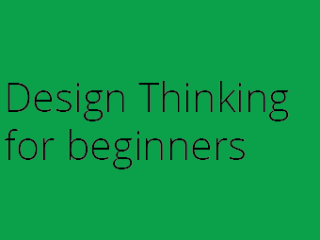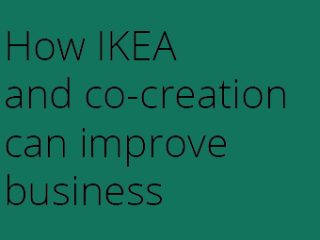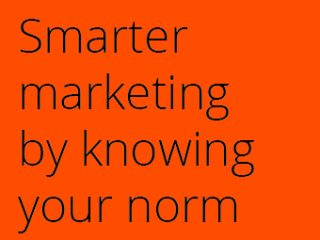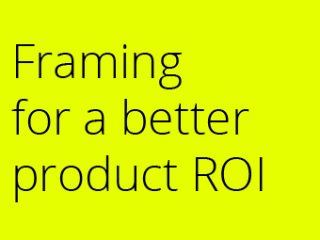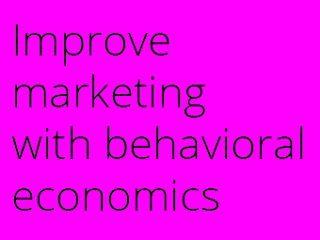Design Thinking for beginners
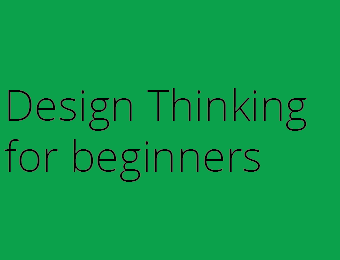
Design thinking everywhere
Design thinking as a problem solving methodology has been all over the business world lately and most recently featured in a Harvard Business spotlight on “the evolution of design thinking”. In case you’ve missed all this I wanted to share some of the basics around the methodology and get you up to speed with this awesome way of working in minutes.
I will not be giving you a one-size-fits all with a long list of specific tools to implement tomorrow. Believe it or not, that is usually very counterproductive and I believe that design thinking only becomes effective if you adapt your tools and techniques to the specific challenge your facing.
Mindset before process
In my view design thinking is a mindset more than a process and very much an attitude to approach big problems. It is built for speed and meant to work in iterations to solve really big problems with a deep human focus. Below you will find the main phases of what together creates the design thinking methodology.
Knowing the user
This is where you build a user statement (almost like a persona), by observing, interviewing and immersing into empathy to really understand the user perspective of whatever challenge you are working on. Coming out of this phase we ideally want an inspiring user portrait with relevant user insights around the challenge that we are solving for. Then it is time to turn that into a fantastic “how might we…” statement that summarizes this phase and keeps your team engaged. I would encourage some experimentation with a couple of different HMW statements to springboard you into the expansive ideation phase which is the next step.
Ideation
This phase is all about building out our thoughts into ideas from the inspiring “how might we…” statements. There is something inherently difficult with telling people how to think in an ideation session, so I would encourage the use of experiental (showing instead of telling) techniques and tools to empower people to think expansively around their challenge. If you have no ideas how to run this session, I would recommend trying out “brainwriting”.
Prototyping
This section is all about creating a prototype of your product, experience, service or strategy (more about strategy and design thinking in another article soon). The prototype’s goal is to make something real enough to feel the message (and the point) that you are trying to convey. There is plenty of good techniques to bring ideas to life and none of them includes a massive PowerPoint deck, death by PowerPoint is a real thing people. So try sketches, role play or just build it out with Lego, your imagination is the only limiting factor in bringing a prototype to life in the cheapest simplest way. Then present your prototype for feedback and let the iterations begin.
Why is this awesome?
This is a user-centered approach (opposed to a business and process first) to solve massive ambiguous challenges. The design thinking methodology is essentially people caring about other people’s needs that simplifies complicated challenges and gives much needed structure. It is a tried and tested way of approaching problems in the uncertain business environment we all live and operate in today. Pepsi Co uses design thinking throughout the company and launches new flavors in Japan every third months (latest one with cucumber) off the back of that. Design thinking is not a quick fix but the beginning of a long term culture change that gives your business a competitive edge and the mandate to stay focused on human values while testing, learning and iterating your way to success.
Andreas Roos, The Choice Architect
More reading and tools:
Stanford D-School - Use our Methods D School Stanford - use our Methods
